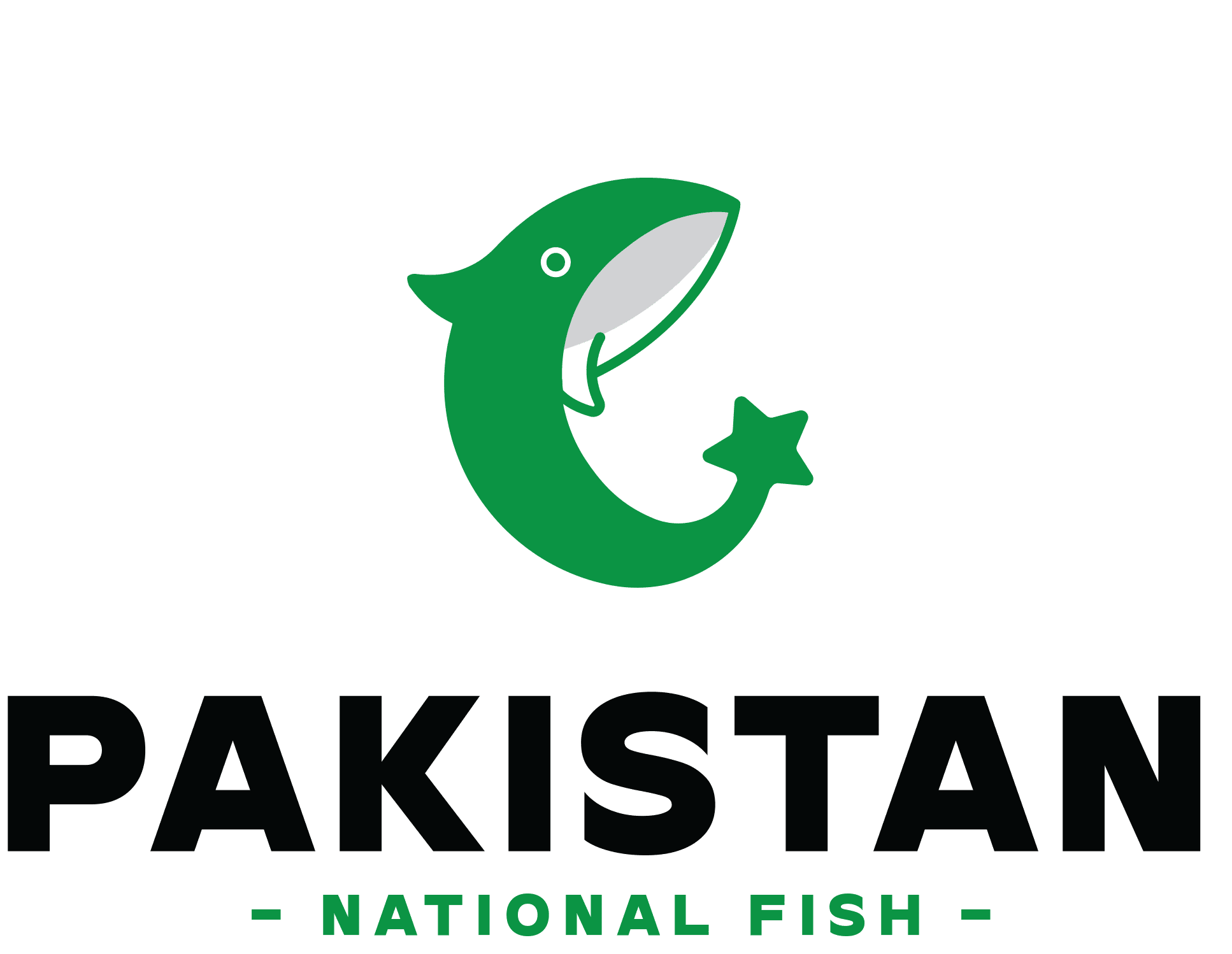The fish in our ocean, the communities that manage and safeguard it, and our ocean itself are all vital to the planet. Sustainable fishing guarantees that we take good care of this valuable resource.
But there’s danger in our ocean. The populations of marine fish are declining at a rate never seen before in history. Our coastal seas are poorly managed, which has resulted in overfishing and other harmful fishing practices.
What Is Sustainable Fishing?
Sustainable fishing involves controlling and maintaining healthy fish populations in order to prevent exploiting natural resources. To put it simply, it refers to fishing—that is, the continuous process of capturing fish in a specific population.
Sustainable fishing has one key characteristic in common with all forms of fishing, regardless of whether it is commercial, recreational, or subsistence fishing: it considers the needs of people. Maintaining healthy marine life populations and fisheries for future generations is simply one goal of sustainable fishing; another is preserving employment and means of nutrition for humans. Community fisheries are frequently the main source of food, jobs, and survival for fishing communities.

Why Is Sustainable Fishing Important?
To maintain a healthy and strong ocean, sustainable fishing is crucial because it:
- Protects ocean biodiversity and aquatic ecosystems.
- Safeguards coastal and cultural means of livelihood
- Aids in the climate change adaptation of fishing communities
- Enhances the security of food globally
- Stops food loss and waste across the supply chain
However, the Food and Agriculture Organisation of the United Nations (FAO) reports that more than 35 percent of the world’s fisheries are overfished or overexploited, which means that fishing is occurring at a level that is not sustainable.
Worldwide fish catches are dropping, and fishermen are struggling to capture what little is left, especially in light of rising seafood demand. We will lose these fisheries and the essential fish populations they support if this overfishing trend keeps up.
Sustainable Fishing Methods and Practices
The type of fish present and the health of the fishery determine whether fishing techniques are sustainable. Techniques that might be applied to restore fish populations after damaging or unsustainable fishing practices include:
- Controlling the Equipment: Examining the permissible damaging fishing material and replacing it with sustainable fishing gear is the simplest first step. Expand the fishing nets’ mesh size. Encourage hand-line fishing instead of long-line fishing.
- Reserve Establishment: Fishing is prohibited in some regions by law. Fish are given a place to live, develop, and breed due to reserves. Resupply zones have to be located close to important fish habitats, including coral reefs.
- Shutting Down the Fisheries: A fishery may need to close for a while if its population is severely reduced, even if this may not make sense for many towns.
Challenges in Achieving Global Sustainable Fishing
1. Overfishing
The main danger to fish populations worldwide is overfishing. Fish populations are declining and endangered species are becoming more prevalent in many areas due to inconsiderate fishing practices. Numerous fish populations are overfished, particularly in emerging nations where there is a growing demand for seafood.
Science-based catch restrictions and quotas can be implemented to aid in the efficient management of fish populations. Overfishing can be reduced by establishing maximum permissible catches that correspond with the species’ reproductive capability. To implement these restrictions, local communities, international organisations, and governments must collaborate.
2. Lack of Resources
In underdeveloped nations, small-scale fisheries frequently lack the tools, money, and expertise necessary to switch to sustainable methods. Since fishing is a major source of income for some people, sustainability may not seem possible given the demands of the short-term economy.
Supporting small-scale fisheries with funding, capacity-building initiatives, and access to sustainable fishing gear can assist them in implementing sustainable practices. Co-management, in which local communities and government organisations share resource management responsibilities, has been shown to empower communities and encourage conservation.
3. Climate Change Impact
Ocean temperatures are changing due to climate change, which is resulting in habitat loss, modified fish migration patterns, and modifications to marine ecosystems. Fish populations that are already under stress are being further stressed by these causes.
To react to changing conditions, fisheries must use climate-resilient techniques, such as shifting quotas, target species, and fishing seasons. In order to lessen the consequences of climate change on the oceans, international collaboration is essential, and local fishermen should get training on how to modify their methods properly.
Conclusion
Sustainable fishing is critical for maintaining our oceans, promoting marine biodiversity, and ensuring that fishing communities prosper. The problems of overfishing, resource exhaustion, and environmental stress can be addressed by putting science-based management techniques into practice, improving regional resources, and adjusting to climate change.
We can preserve fish populations, marine ecosystems, and the delicate balance required for a healthy ocean by working together as communities, governments, and individuals.


